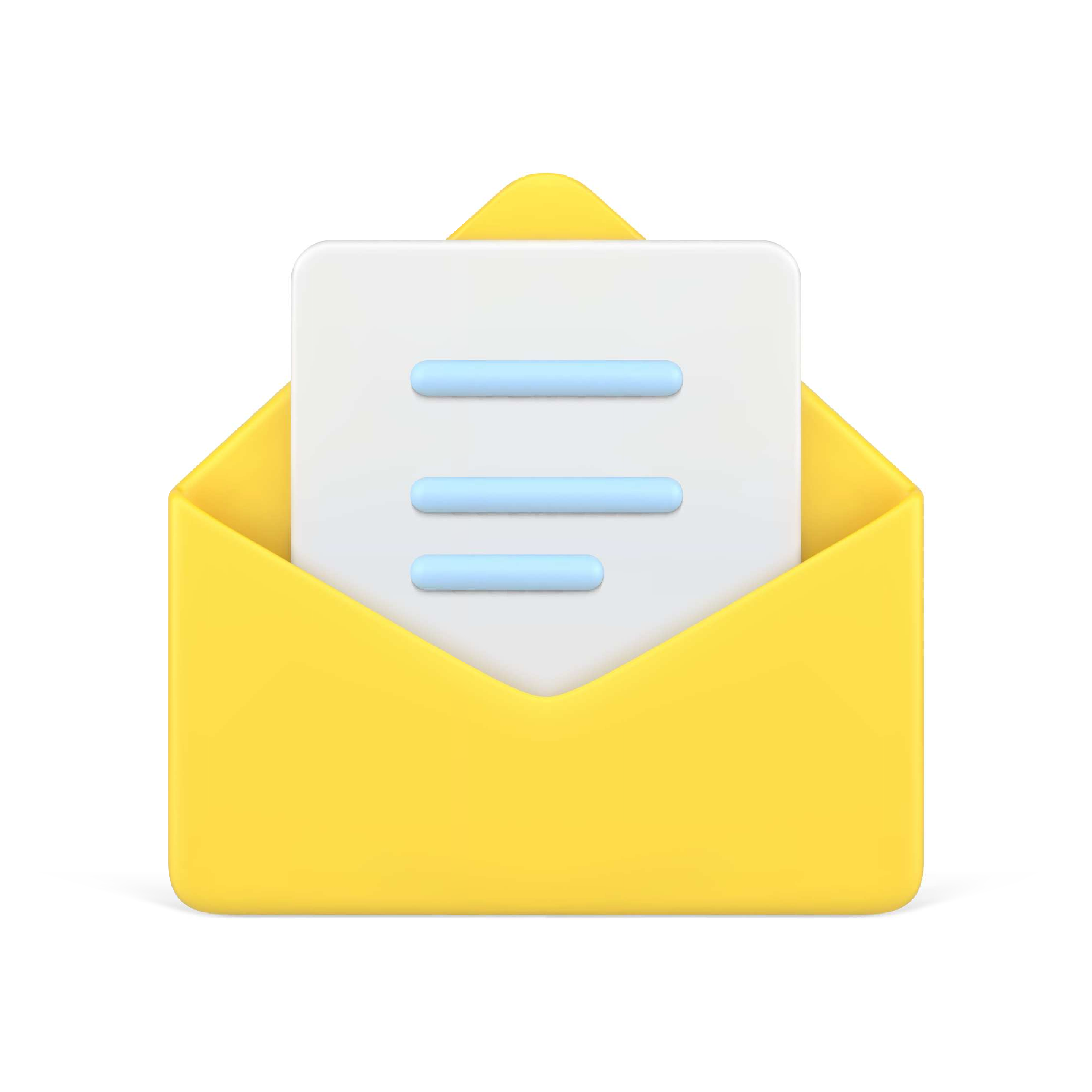
- Products
- Solutions
- Learn
- Partner
- Try Now
The most common stimulus for socializing and creating friends is alcohol or liquor. A party isn’t a party until there’s some drink involved. So, whether you prefer a glass of rich red wine with dinner or like to get a little tipsy with your friends, a liquor delivery app or an on-demand alcohol delivery service app will come in handy.
Having your booze delivered is similar to having your groceries or cooked meals delivered to your home. As an on-demand alcohol delivery business, there are undoubtedly some additional safeguards, licenses, and rules to follow.
COVID-19 has resulted in a dramatic shift in consumer preference from physical retailers to online sellers. Businesses are migrating to online mode to stay competitive as an increasing number of consumers join the platforms every day.
- A look at the worldwide alcohol market
- What Are the Benefits of Starting Your Own Alcohol Home Delivery Business?
- An Ideal Online Liquor Delivery Platform
- Stages Involved in Developing An Online Alcohol Delivery App
- How Yelo can assist to build an on-demand alcohol delivery app
- Conclusion
The alcohol sector isn’t lagging in terms of adjusting to the new normal. According to studies, the on-demand alcohol delivery sector is predicted to reach $1,684 billion by 2025, growing at a CAGR of 2%. In addition to this, the exponential expansion has attracted significant time and financial resources, resulting in quick returns for business owners.

There are a few leading solutions in this arena, giving inspiration to multiple investors, like Drizly, Wine.com, Total Wine, Minibar, etc. So, how do you go about launching an alcohol delivery service? That’s what we’ll be discussing in this blog today. Learn insights about Minibar and Thirstie.
A look at the worldwide alcohol market
Before entering, It is wise to measure the depth of water. This is why we must consider what directions the alcohol industry’s market may go in shortly. According to credible sources, the global market for alcoholic beverages will prosper because it is expected that by 2025, this industry will have grown to $1,684 billion. In 2017, the same industry’s market capitalization was $1,439 billion.

Without a doubt, the market is growing at an unusually fast pace. It is self-evident that the inherent ease of the online liquor delivery business would propel market growth at a rapid pace. All we see are endless potential and prospects in the market, where this concept has yet to be introduced.
What Are the Benefits of Starting Your Own Alcohol Home Delivery Business?
Since the coronavirus pandemic began, demand for alcohol has skyrocketed. Hence, it is now the ideal moment to start your own on-demand alcohol delivery business. One of the biggest reasons to start an alcohol delivery business is to help with social distancing and to provide citizens with vital items without breaching any lockdown restrictions.
Another motivation to establish your own alcohol delivery business is that many restaurants and pubs have closed due to movement limitations. As a result, many were hesitant to purchase outside food and drinks for fear of contracting the disease.
In 2017, the global alcoholic beverage market was worth $1,439 billion. And by 2025, this is expected to reach $1,684 billion, indicating a CGAR of 2.0 percent between 2018 and 2025. This growth is primarily driven by the surge in the global young-adult demographic, increase in disposable income, and hike in consumer demand for premium products.
Alcohol delivery apps help businesses attract more customers and maximize revenues by offering unique and simple services. These apps provide a greater return on investment, allow for cashless transactions, and allow admins to keep track of daily transactions. As a result, investing in the development of an alcohol delivery app will undoubtedly pay off handsomely.
Pros –
- Easy accessibility – All you need is an internet connection to order a bottle. You simply need to go to the website, fill out a form, and your drinks will be delivered within the specified time frame.
- The purchase price – The majority of the time, online liquor delivery services offer drinks at reasonable prices. A significant quantity of money is spent in a bar. Furthermore, if you believe that time is money, internet orders eliminate the need to go out and buy.
- Fast delivery – What if you require the drinks immediately? Let’s say you have an unexpected visitor and don’t have a single bottle on hand. What will you do in that case? Enters the system for online delivery. You enter a few data, and your order is delivered to your door within an hour.
Cons –
- Waiting time – When ordering online, the time it takes for your purchase to be delivered is determined by the service provider. They can take several hours to bring your drinks, which might be very inconvenient for you, especially if you need them right away.
- Availability – What guarantee do you have that you will get exactly what you want? What if they, like you, have run out of stock? Consider this before relying on online deliveries to treat your visitors.
- Authentic payment system – This can be used by any form of online business. They should provide you a variety of payment options and ensure that your transaction is completely secure. It would be ideal if they also offered COD options.
- Licenses and permissions – For any online liquor delivery service, certain licenses and permissions are a prerequisite. The strictness to obtain these permissions can depend on the rules and regulations set by the authorities in different countries/states/regions

An Ideal Online Liquor Delivery Platform
If you want to build an on-demand alcohol business, you must recognize that a single application must be suitably qualified to operate with liquor stores, employers, distribution personnel, and the administrator. The objectives of each member in this chain vary greatly. The ultimate goal is to construct a business application that provides the optimal on-demand liquor delivery application to all stakeholders.
Customization –
The layout and appearance of your alcohol delivery app should be customizable and rendered while maintaining the brand’s theme to attract customers.
Personalization –
The app should allow restaurants to track menu items so that sales and prices can be adjusted in the future.
Age Verification –
Whether you’re using or banning the service, the age requirement must be your top focus in your liquor delivery application. Furthermore, each country has its own variants and distinctions in regulation when it comes to alcohol policies that you should be aware of.
Push Notifications –
After a chat with the client, concentrate on the product’s features until the aesthetics and user interface were well-managed. For the management of pending requests, bargains, and customized updates, a push notification must be provided so that the consumer cannot avoid them in any situation.
Chatbox –
If you have the resources, connect a chatbot to the app. It can be powered by artificial intelligence or by dedicated staff who can help clients with questions about orders, programs, and promotions, among other things.
Stages Involved in Developing An Online Alcohol Delivery App
Selecting a Partner – Choose a firm to design and create your app. Research, analyze, and decide on a company with which to collaborate on your idea.
Product discovery – Figure out what you want to make, who you want to make it for, and why. Defining your product’s goal and end consumers, as well as clarifying your app’s vision. To create your MVP, you must first decide which features are the most important.
UX / UI app design – Determine how your app will work and look. Creating a user journey map, clickable wireframes, visual user interfaces, and motion design (animations & screen transitions).
Project kick-off and setup – Final preparations before beginning app development. Defining each team member’s job, reaching a consensus on rules and next steps, as well as configuring tools.
App development with Quality Assurance – App production with Integration: plan, code, build, test (and repeat). Ensuring Quality Assurance at every stage of app development with manual and automated tests.
Preparation and release of the apps on the Google Play and Apple App Stores – Uploading assets required by law and promotional materials, beta testing, improving the product page/store presence, and everything else your app approval requires to go as smoothly as possible is all part of the release process.
Post-development phase – Detecting crashes, app statistics monitoring, product enhancement, and development. Your app maintains its appeal and adjusts to changing market conditions as well as user feedback.
With Yelo, you can provide your consumers with a seamless online alcohol delivery experience.
How Yelo can assist to build an on-demand alcohol delivery app
With Yelo, you can have the best app features that every on-demand alcohol delivery service should have. Make certain that these app features are created just for your digital app solution.
Customer App –
Login: By registering for the app, customers can find high-quality drinks and discounts on them.
Liquor Listing: After registering, the user will be able to see all of the listed drinks from the nearby establishments. Check the price and learn more about the drinks.
Apply Filters: Using the most up-to-date app development skills, you may add filters to your app, making it easier to make purchases. The filters allow you to choose from a variety of liquor categories, pricing points, and drink customer ratings, among other things.
Place Orders: Once you’ve decided on your poison, you may place a drink order.
Track Order: Once you’ve made your order, the app, like any other delivery service app, will display you an expected delivery time. Get the order status, such as process, still in the queue, out for shipment, and so on, with this function.
Cashless Payment: Just as the rest of the world is turning cashless, the alcohol delivery app is following suit. Hence, the software accepts various payment methods, including credit/debit cards, net banking, PayPal.
Order History: There are instances when you want to order the same drink you had the night before or the week before. You may view prior orders and repeat orders with a single click using the order history function.
Product Review & Feedback: Users can rate both the delivery service and the drinks based on their experiences.
Store App & Dashboard Panel –
Login: This feature is similar to the user panel, alcohol or liquor shop owners will register as a shareholder. And obtain a one-time password (OTP) by text message or email.
Manage Drink Categories: The liquor store owner can categorize his or her drinks into categories like wine, beer, whiskey, and Breezers.
Drinks and Snacks: Some stores include complimentary snacks and other goods with their drinks. The owner can utilize this feature to list such add-ons for users, making it easier for them to order.
Manage Prices: A liquor store owner will be in charge of managing the price details for their shop’s profile on the app. They will be able to do so using this app function.
View Ratings & Reviews: The owner of the alcohol store can view the user’s ratings and reviews and make necessary modifications based on their candid feedback.
Manage Earnings: The liquor store owner can use the app to analyze monthly or weekly earnings and manage profits and costs.
Admin App –
Admin Login: The primary business and app owner, as well as his or her administrative personnel, can access their super admin app and dashboard. Also, the admin may examine the full business and functioning channels through the app dashboard using this super dashboard app.
Manage Payments: The app’s principal admin is in charge of overseeing and managing all payments and transactions.
Order Management: The administrator may keep track of all allocated orders and data.
Settings: Within the primary admin app, the admin maintains all of the connected applications’ settings, such as adjusting prices, allowing/blocking a store owner, product listing, and so on.
Marketing Management: From within the admin app, the admin may control the entire marketing process for the app and the vendors (alcohol store owners), including adverts, email templates, app banners, and promotional campaigns.
Real-Time Analytics: The software gives the super admin access to real-time analytics on a variety of variables. It also generates information on the number of orders, the region with the most orders, peak delivery hours, and so on.
A Ball Park Figure –
Taking into account all of the aforementioned technical and non-technical considerations, the typical cost of developing simple alcohol and food delivery app is between $10000 and $15,000.
Conclusion
It is impossible to overestimate the importance of rising in the face of adversity. To rebuild the economy and return stronger than ever before, we must design every approach feasible.
With your own alcohol delivery service, you may help society with social separation while also increasing your profits as you supply alcohol during the COVID-19 outbreak.
Contact us today if you’d like to address the needs of your community by starting your own alcohol delivery business with Yelo. Book a free demo now!

Subscribe to stay ahead with the latest updates and entrepreneurial insights!

Subscribe to our newsletter
Get access to the latest industry & product insights.




















